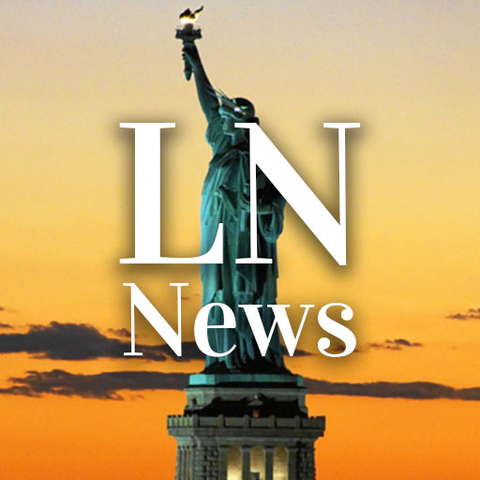



August 1, 2025, is a date that will live in infamy. Well, at least, that was the expectation after weeks of the White House hyping the deadline for countries to reach a trade agreement or face high tariffs. The United States successfully established several deals following “Liberation Day” on April 2, while failing to come to terms with dozens of other nations worldwide. With only hours to go until the midnight target, President Donald Trump introduced new tariff regimes in the ongoing global trade war.
The world was watching the clock on Eastern Standard Time, awaiting President Trump’s final decision. What happened? A refreshed trade endeavor that deviated from what had been penciled in for the last few weeks.
This leads to the second component of the new trade policy. The president will introduce a 15% levy as the tariff floor for countries with which the United States has a trade deficit. The administration estimates that approximately 40 markets would be affected by the new import duty.
Finally, the remaining nations would have higher tariff rates because they had already established a trade agreement or received letters from Trump.
The global trade war has a fresh date on the calendar to monitor: August 7. The White House set this as the up-to-date deadline, allowing Customs and Border Protection (CBP) sufficient time to implement changes, adopt new measures, and prepare for the policy adjustments. US officials insisted that this was not an extension but a courtesy to CBP.
When August 7 arrives, the likes of Switzerland and Syria will endure tariff rates of 39% and 41%, respectively. South Africa will be hit with 30% levies; India will be subjected to 25% import taxes, and Nicaragua will grapple with 18% tariffs.
Canada and Mexico were assigned two different policies.
Earlier in the day, Trump announced on Truth Social that he extended Mexico a 90-day tariff extension to enable both sides to negotiate better terms and conditions. In other words, the United States will not raise tariffs on Mexican goods for the next three months. However, Mexico will continue to face 50% tariffs on steel, aluminum, and copper, as well as a 25% levy on automobiles. In exchange, Mexican President Claudia Sheinbaum “agreed to immediately terminate its Non Tariff Trade Barriers, of which there were many,” Trump said.
Liberty Nation depends on the support of our readers. Donate now!
The Great White North was not so lucky. The president followed through on his threat to increase tariffs on exports from Canada to 35% from 25%, beginning on August 1. This will not include goods covered under the US-Mexico-Canada Agreement (USMCA).
Uncle Sam continues to break tariff revenue records. Data from the latest Daily Treasury Statement shows the US government collected more than $29 billion in July, an all-time high. This means, on a fiscal year-to-date basis, Washington has collected a record $152 billion in “customs and certain excise taxes.”
What should politicians do with this money, which is essentially paid by American businesses and consumers? According to Sen. Josh Hawley (R-MO), the US government should send out checks.
Hawley, perhaps inspired by President Trump’s off-the-cuff proposal last week, introduced the American Worker Rebate Act. The legislation aims to send tariff rebate checks of at least $600 per adult and dependent child. For example, a family of four could receive up to $2,400. “Like President Trump proposed, my legislation would allow hard-working Americans to benefit from the wealth that Trump’s tariffs are returning to this country,” Hawley said in a statement.
So, has all the smoke cleared and the dust settled? Not quite. Trump and Treasury Secretary Scott Bessent have stated this is not the end of the road for US trading partners that have not reached trade agreements. Put simply, they can return to the negotiating table any time they please.
“I would think that it’s not the end of the world if these snapback tariffs are on for anywhere from a few days to a few weeks,” Bessent told CNBC in a July 29 interview. “As long as the countries are moving forward and trying to negotiate in good faith.”
Meanwhile, as the Oval Office was finalizing the next step in the international trade war, Trump spoke with NBC News for a telephone interview. He said everything was going “very well, very smooth,” and he is open to more deals. “It doesn’t mean that somebody doesn’t come along in four weeks and say we can make some kind of a deal,” the president stated.
